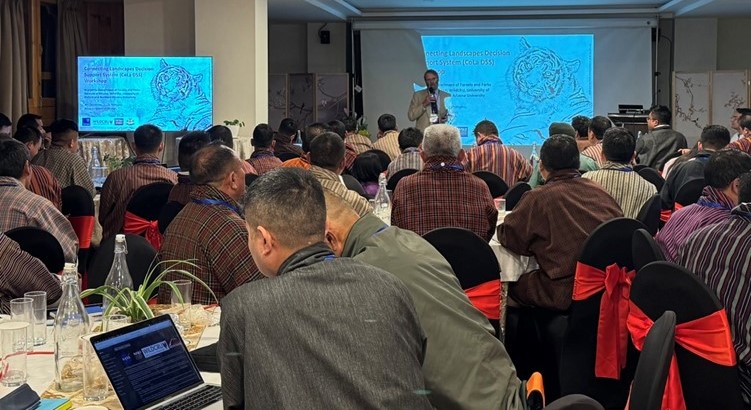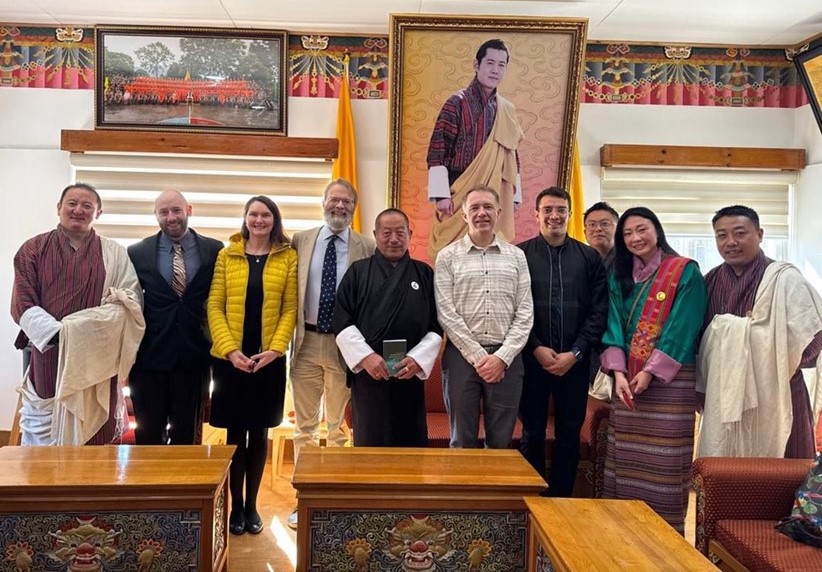‘ConnectingLandscapes’: a decision support system for wildlife connectivity
February 12, 2025There is an urgent need to identify areas to focus conservation efforts as habitats are increasingly fragmented and lost. These areas should serve a key role in maintaining and enhancing ecological connectivity of landscapes both within and between protected areas. However, infrastructure development can reduce landscape connectivity, threatening healthy, self-sustaining populations of wildlife.
The newly available Decision Support System, ConnectingLandscapes (CoLa DSS), has been developed by researchers at WildCRU and Northern Arizona University to support conservation decision making, combining numerous analytical tools into an automated workflow, presented in a user-friendly, web-based platform. The tool helps to assess functional landscape connectivity based on simulations of wildlife movement in core areas and corridors, providing predictions of the likely impact future economic development and landscape change could have on population connectivity and genetic diversity.
Throughout 2024, WildCRU delivered Decision Support System training workshops to stakeholders in Laos, Thailand, Bhutan, Brunei, Malaysia and Taiwan. For each workshop, a case study was developed with local collaborators, ensuring the tool could be demonstrated with relevant spatial scales and incorporating anticipated landscape change. The workshops were a resounding success, attracting attendees from universities, international conservation organisations, national parks and government officials, all of whom were able to test the DSS with their own species distribution or movement models.

The tool is based on long-standing WildCRU research. Primary inputs for CoLa DSS include habitat layers or spatial estimates of animal movement across different land use types (known as resistance layers), and population source points. The habitat suitability models are based on over 10 years of field research and camera trapping by WildCRU across Southeast Asia, as well as movement data from collared Sunda clouded leopards in Sabah. The connectivity analysis approaches underpinning CoLa are programmes developed by WildCRU researchers and research visitors over the last 20 years.
It is hoped that CoLa DSS will be integrated into future delivery action plans for conservation projects in the region, supporting wildlife managers and societal policy makers with the challenge of balancing the protection of biodiversity with economic and development goals.

This project and in-country workshops were made possible by strategic planning led by David Macdonald, delivery co-ordination from Dawn Burnham, DSS ideation from Sam Cushman and Zaneta Kaszta, and expertise from doctoral researchers (Singye Wangmo, YiFeng Wang, and Chrishen Gomez) and post doctoral researchers (Andrew Hearn, Eric Ash, Carol Sartor). Patrick Jantz and Ivan Gonzalez from Northern Arizona University enhanced and integrated connectivity algorithms into a graphical user interface.